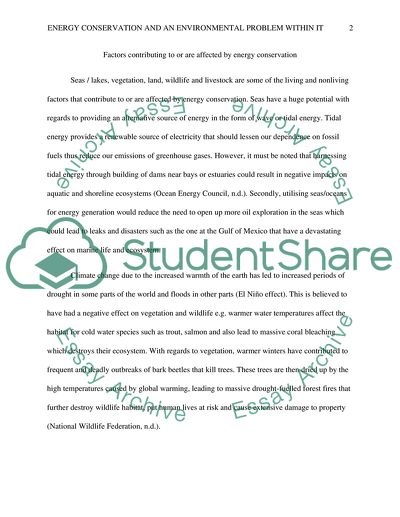Cite this document
(Energy Conservation and an Environmental Problem within It Term Paper, n.d.)
Energy Conservation and an Environmental Problem within It Term Paper. Retrieved from https://studentshare.org/environmental-studies/1566893-energy-conservation
Energy Conservation and an Environmental Problem within It Term Paper. Retrieved from https://studentshare.org/environmental-studies/1566893-energy-conservation
(Energy Conservation and an Environmental Problem Within It Term Paper)
Energy Conservation and an Environmental Problem Within It Term Paper. https://studentshare.org/environmental-studies/1566893-energy-conservation.
Energy Conservation and an Environmental Problem Within It Term Paper. https://studentshare.org/environmental-studies/1566893-energy-conservation.
“Energy Conservation and an Environmental Problem Within It Term Paper”. https://studentshare.org/environmental-studies/1566893-energy-conservation.


